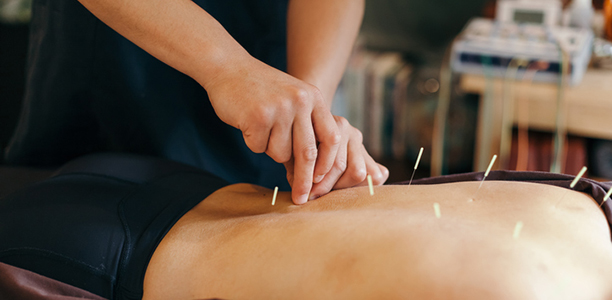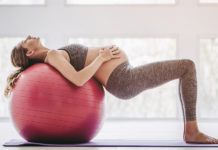
A study of more than 800 women undergoing acupuncture treatment during their IVF cycle has confirmed no significant difference in live birth rates.
Undertaken across 16 IVF (in-vitro fertilisation) centres in Australia and New Zealand, the randomised clinical trial involved 848 women aged 18 to 42 undergoing an IVF cycle using fresh embryos between June 2011 and October 2015.
The findings published in the Journal of American Medical Association (JAMA) support recent guidelines from the American Society for Reproductive Medicine and two high-quality meta-analyses (see references below).
The researchers from the National Institute for Complementary Medicine (NICM) Health Research Institute at Western Sydney University, Flinders University, University NSW Sydney, University of South Australia, University of Adelaide and Greenslopes Private Hospital examined the effects of acupuncture administered prior to and following an embryo transfer.
The participants were given either acupuncture or a sham acupuncture control – a non-insertive needle placed away from the true acupuncture points.
The results showed the rate of live birth was 18.3 per cent among participants who received acupuncture versus 17.8 per cent who received the sham acupuncture control, a non-significant difference.
Professor Caroline Smith, chief investigator and professor of clinical research at NICM, says the study findings reflect the efficacy of a short course of acupuncture administered around the time of ovarian stimulation and on the day of the embryo transfer.
“In clinical practice acupuncture treatment is individualised with variation in dosing, including more frequent treatment prior to and during the IVF cycle, the lack of frequent treatments was a limitation of our trial,” says Professor Smith.
“Although our findings do not support acupuncture as an efficacious treatment compared to sham, some studies suggest reproductive outcomes maybe improved when acupuncture is compared with no treatment.”
While a short course of acupuncture may statistically be no better than sham at improving live birth and pregnancy outcomes, a psycho-social benefit from acupuncture was reported by women undergoing IVF.
The study’s second chief investigator, Flinders University College of Nursing and Health Sciences researcher Professor Sheryl de Lacy, focused on the design of the qualitative component of the project and perceived psycho-social benefit of acupuncture in the IVF process.
“In the Flinders part of the study, we interviewed 50 women who were enrolled in the trial about their perceptions and experience and found they did experience psycho-social benefits from acupuncture,” Dr de Lacy says.
“The qualitative research will lead to another paper in coming months.”
Health economist Professor Julie Ratcliffe, from Flinders (and now UniSA), designed a cost-benefit analysis of the data, which is now being explored further by Flinders Associate Professor Billingsley Kaambwa for further economic analysis in follow-up paper.
“Feeling relaxed and reporting relief from stress and women feeling good about themselves is to be welcomed for women as they undergo an IVF cycle,” says UNSW Sydney Professor Michael Chapman, also President of the Fertility Society of Australia.
The main paper, ‘Effect of acupuncture vs sham acupuncture on live births among women undergoing in vitro fertilization: a randomized clinical trial’ is available online.
Infertility is defined as the inability to conceive a pregnancy after 12 months of unprotected sexual intercourse.
One in six couples in Australia and New Zealand suffer infertility.
Complementary therapies are widely used by individuals undergoing assisted reproductive technology.
UK and Australia acupuncturists indicate use during IVF is a frequent reason for women seeking treatment.
The study participant criteria included: Women aged 18-42 years undergoing a fresh IVF or ICSI (intracytoplasmic sperm injection) cycle; not using acupuncture; not undergoing a frozen embryo transfer; not planning pre-implantation genetic diagnosis; not receiving donor eggs.
The complementary medicine (CM) sector is an important contributor to the Australian economy. Industry revenue is currently $3.5 billion and is expected to grow to $4.6 billion in 2017-18.
Over this period, employment is anticipated to rise to 45,000.
It is estimated that two in three Australians use CM each year and 42 per cent do so to prevent or manage chronic conditions identified as national health priorities. This is one of the highest consumption rates per capita in developed nations.
(Source: Flinders University, Journal of American Medical Association)









